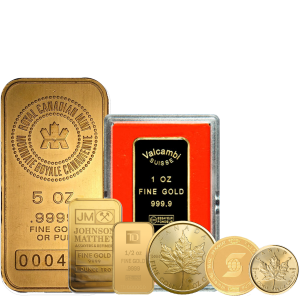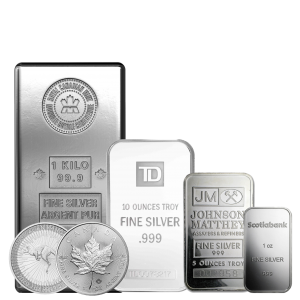

Trade Dollar (1873 - 1885)


Image Courtesy of Professional Coin Grading Service (PCGS.com)
Overview
To make international trade more accessible, the United States Mint issued a silver trade currency known as the Trade Dollar. Although the Gobrecht Dollars (1836-1839) and the Liberty Seated Dollars (1840-1873) were made for use inside the United States, most of them did not circulate only within the United States. Instead, they were sent to other countries and exchanged for their worth as bullion. As a coin that was created with the express purpose of being used for international trade, the Trade Dollar has a special position in the annals of United States numismatic history.
HistoryIt was in reaction to the need for a coin to compete with the Mexican "dollar" (really the 8 Reale or Peso) in the Orient. The Trade dollar, with a weight of 420 grains, was created by the Coinage Act of 1873 and was somewhat heavier (1.8%) than a standard silver dollar. The Trade dollar was made absolutely for exporting. Notwithstanding this, they were accepted as lawful money in the United States until Congress chose to revoke their constitutional status in 1876.
The StructureWilliam Barber is credited with designing the Trade Dollar, which is widely regarded as one of the most exquisitely designed silver coins in the history of the United States.
- • On the obverse, there is a depiction of Lady Liberty reclining and facing left, extending an olive branch toward the ocean. This is meant to represent the concept of cooperative commerce with other countries. With the word "LIBERTY" embroidered on a ribbon and the date below it, she is positioned such that she is resting on a bundle of products, which is a symbol of trade.
- • The reverse depicts a heraldic eagle with a shield on its chest, clutching three arrows and an olive branch. Additionally, the design features an olive branch. The artwork is surrounded by the words "UNITED STATES OF AMERICA" and "TRADE DOLLAR," as well as the specific weight and purity of the silver (420 GRAINS, 900 FINE).
The San Francisco Mint achieved a higher level of production than both the Philadelphia Mint and the Carson City Mint during the production years. In the year 1879, the Trade Dollar was issued as a Proof-only issue, and this practice continued until the final year that Trade Dollar Proofs were made available for commercial purchase.
Trading Dollars became less popular after some years. In 1878, they were officially taken out of circulation. Proof copies, on the other hand, were still being made until 1885, though the years 1884 and 1885 were the hardest to find. The 1885 Trade Dollar is one of the rarest and most expensive coins in American numismatics. It is a proof-only issue that is currently thought to be one of the most valuable coins ever made by the United States.








